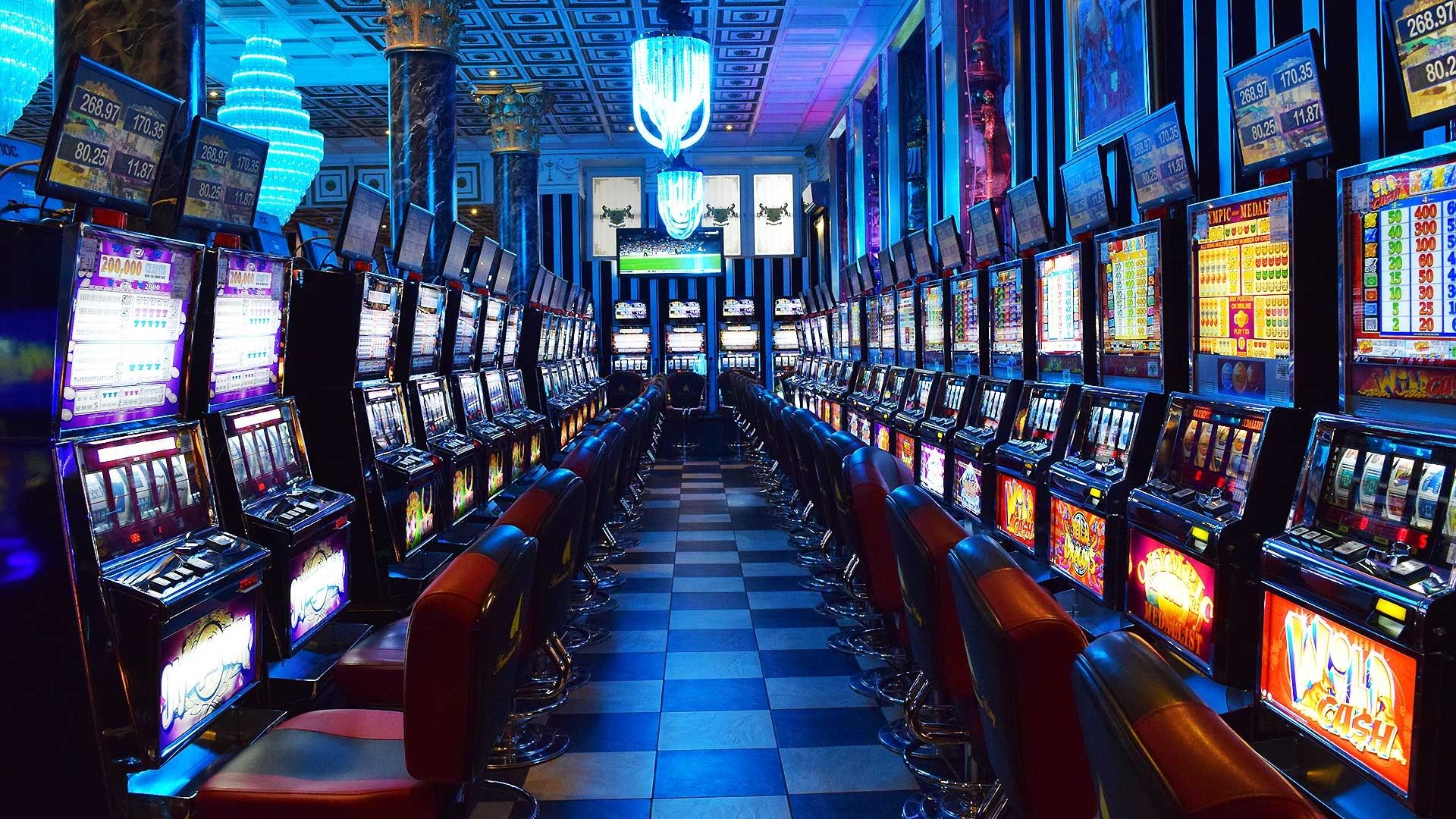Casino games have long captivated people’s attention, drawing gamblers into a world filled with chance, tactics, and the allure of excitement. Each activity is painstakingly crafted not just for fun, but also to elicit specific emotional responses that keep participants engaged and interested. Understanding the drives behind these designs reveals much about how psychology plays a key role in the gaming experience.
From the bright lights and vibrant sounds to the sophisticated layering of rules and payoffs, casino games are designed to create an atmosphere of thrill and expectation. Game designers leverage behavioral strategies to influence gambler behavior, whether through the use of jackpots, almost wins, or community engagement. By examining these elements, we can better appreciate how casino games fulfill not just a need for entertainment, but underlying psychological needs for adventure and uncertainty.
Understanding Gamer Behavior
Casino games are engineered with a thorough grasp of gamer psychology, which is vital for luring and holding players. The thrill of the game, alongside the expectation of winning, creates a powerful attraction. Game designers utilize elements like sonic elements, dynamic graphics, and immersive gameplay to seize attention and evoke emotional responses. These sensory experiences enhance the overall experience, making players feel more attached in the game.
Another notable aspect of player behavior is the idea of risk and reward. Casino games often balance high-risk scenarios with the potential for considerable rewards, which can result in the occurrence known as near-miss phenomenon. When players come close to winning, the brain releases dopamine, bolstering their behavior and prompting them to persist playing in quest of that hard-to-reach win. This cycle of wish and frustration plays a key role in how games are designed and promoted. Bongdalu
Lastly, social factors also play a critical role in player behavior at casinos. Many games are made to be played in groups or in company with other players, creating a sense of togetherness and communal experience. The community engagement inherent in games like blackjack enhances enjoyment and can culminate in prolonged gaming periods. Designers capitalize on this by crafting environments that invite players to remain, connect, and return, making the overall casino experience more inviting.
The Role of Visuals and Sound
Visuals and sound play a vital role in enhancing the player’s experience within casino games. Designers utilize vibrant colors, striking graphics, and engaging animations to capture gambler’s attention and hold their interest. The use of themes, such as adventure or luxury, helps create an enthralling atmosphere that transports players into a different world. By connecting to the senses, these elements contribute to a heightened emotional response, prompting players to interact more profoundly with the games.
Sound design is just as important in enhancing the experience of casino games. The mix of background music, sound effects for winning combinations, and ambient noises creates an sound landscape that keeps players fascinated. Sounds associated with victories, such as ringing bells or festive music, evoke feelings of thrill and reward, prompting players to continue playing. These audio cues are strategically placed to amplify the thrill of the game and create a more engaging experience.
Additionally, the alignment of visuals and audio is important for reinforcing the game’s overall concept and mood. Each element should coordinate seamlessly to create a cohesive experience that pulls players in. The effective use of this integration not only improves user satisfaction but also boosts the chances of return play, as players become more invested in the immersive world that the casino games offer. This thoughtful combination of visuals and sound ultimately enhances player involvement and commitment.
Incentive Systems and Participation

The design of gambling games significantly depends on reward systems to ensure players engaged and coming back for more. These systems are rooted in psychological theories that exploit human nature and desire. Participants are often motivated by the excitement of success, which is reinforced by immediate feedback through the game structure’s mechanics. This prompt satisfaction not just improves the gaming experience but also fosters a sense of success, prompting players to continue participating in hopes of greater gains.
Gaming establishments adopt various incentive systems, such as large payouts, bonuses, and increased rewards, to engage players. These elements create a layer of excitement that maintains interest. Additionally, the randomness of outcomes plays a significant role in keeping attention. The variable reward system, where wins are unpredictable but happen often enough, keeps participants on edge and motivated to keep playing. This loop of hope and anticipation is foundational to the success of casino games.
Moreover, social elements, such as competitive events and collaborative options, boost the participation factor by tapping into the desire to compete of players. The shared experience of playing with fellow participants can amplify the thrill of success and create a community atmosphere within the gaming space. By combining these social dynamics with effective incentive structures, gambling experiences not only provide fun but also foster a stronger connection among participants, solidifying their commitment to the overall experience.